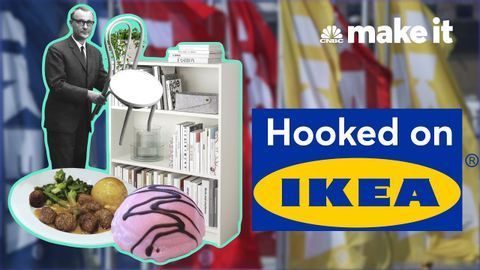为什么您在宜家花这么多钱(Why You Spend So Much Money At Ikea)
joey joey 發佈於 2021 年 05 月 27 日  沒有此條件下的單字
沒有此條件下的單字- adj.巨大的;大而重的;大量的;厚重的;大規模的
US /ˈrek.əɡ.naɪz/
・
UK /ˈrek.əɡ.naɪz/
- v.t.認可;接受;賞識;承認;表彰;嘉獎;認出,認識
US /ˈprɛzəns/
・
UK /ˈprezns/
- n.在場;出席;冥冥中有人的存在感;風度;出席者;在場者;影響力;勢力;高頻率

